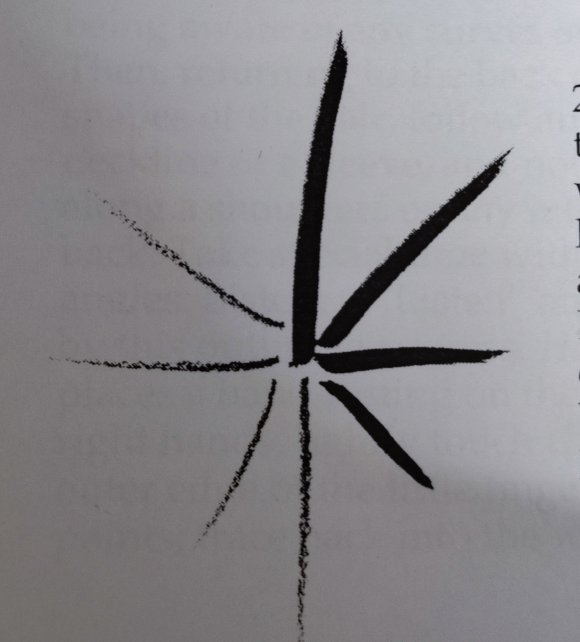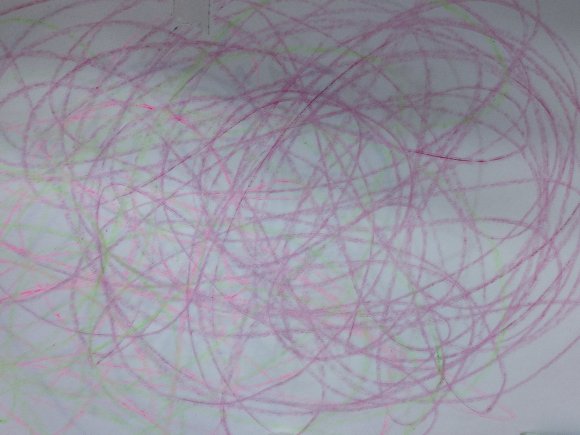Triveni Goswami Vernal
Registered Special Educator (A64010)
In order to effectively use both sides of the body, the integration between the two hemispheres of the brain, is vital. This is referred to as Bilateral Integration/Coordination. It is important for a variety of activities, for example, cycling, swimming, skipping with a jump rope, using scissors, writing, buttoning, zipping clothes, tying knots, turning pages in a book etc. ¬¬
According to the OT Toolbox (https://www.theottoolbox.com/bilateral-coordination-activities), there are three components of Bilateral Coordination: Symmetrical Movements (pulling up pants, catching a ball with both the hands, skipping with a jump rope etc), Alternating Movements (cycling, swimming, marching etc) and Dominant Hand/Supporting Hand Movements (writing, threading, cutting with scissors etc) .
Brain Gym is an educational kinesiology program developed by Paul and Gail Dennison in the 1970s and at its crux is the belief that learning is shaped by bodily movements. There are 26 activities/body movements, that are considered basic in the Brain Gym methodology. According to a website on Brain Gym, “These activities recall the movements naturally done during the first years of life when learning to coordinate the eyes, ears, hands, and whole body” (https://www.braingym.com/the-activities/).
The Double Doodle is one of the twenty-six (26) basic Brain Gym activities that especially works on the aspect of eye-hand coordination. In Double Doodle Play, the process is far more important than the product. The artistic skills in the creation of a Double Doodle piece, is not judged. What is of significance is the exploration of simultaneous spatial movements made by the individual.
Benefits of the Double Doodle Play Process for academic and life skills (Reference: Double Doodle Play: A Window to Whole-Brain Vision, Student Handbook, Gail E. Dennison):
I.PEN AND PAPER SKILLS
1) Eye-hand and fine motor coordination (representing a shift from hand dominance to reciprocal two-handed movement)
2) An awareness of geometric shapes
3) Orderliness
4) Precision
5) Sense of the horizontal & vertical
6) Sense of spatial relationships
7) An awareness of posture and shapes of one’s movements
8) A sense of rhythmic movement etc
II. BASIC AESTHETIC SKILLS
1) Creativity
2) Subjective sense of art
3) Appreciation of form and relationship
4) The perception of line, shape, colour and balance
5) The ability to see similarities and discern distinctions etc
III. QUALITIES OF SELF INQUIRY
1) Noticing
2) Relaxed Attention
3) Self-Discipline and Self-Control
4) Spontaneity and Risk taking etc
IV. QUALITIES OF OBSERVATION
1) Sensory and Perceptual Awareness
2) Divergent Thinking
3) Language Development
4) Choice Making
5) Sustained Attention etc
There are five (5) primary patterns in hand movements—Stirring, Sweeping, Tapping, Notching and Meandering. The small movement of the eyes from one point of fixation to another, is called Saccades. Of the five patterns of hand movements, Stirring and Sweeping provide a context for saccadic eye motion. Tapping and Notching reciprocate eye pointing. The 5 images have been sourced from Double Doodle Play: A Window to Whole-Brain Vision, Student Handbook, Gail E. Dennison.
a) STIRRING: It refers to a two-handed stirring motion (movement from the shoulders with bent elbows and wrists bending only slightly), such as when we stir food in the pots, that result in circles, oval, ellipse, spirals, spherical shape etc.
Fig. 1 STIRRING

b) SWEEPING: It refers to a motion created from the shoulders, with bent elbows and wrists unbent) resulting in a flowing line, a straight line, a shaded lane, a dotted line etc
Fig.2 SWEEPING

c) TAPPING: It refers to a light focused tapping or flicking of the wrist, with a brush/pen/marker, resulting in a full dot.
Fig. 3 TAPPING

d) NOTCHING: It refers to a sketching motion that results in an angular motion-angle, triangle, or X—where the eyes point, fixate, aim, focus and are able to make distinctions.
Fig. 4 NOTCHING

e) MEANDERING: It refers to a motion that combines the previous 4 hand patterns—Stirring, Sweeping, Tapping and Notching. This motion originates from the shoulder, with the elbow and wrist kept loose. It results in arcing, flowing, unbroken shapes.
Fig. 5 MEANDERING

DOUBLE DOODLE ACTIVITIES (All enclosed images are the author’s own):
1) SCRIBBLE DOODLE: Tape a large paper to the table. Close your eyes. Initially use only your fingers in both hands simultaneously to make freeform movements on the paper, to experience the tactile feel of the fingertips on paper. Later, one can take a pen/ paint brush/ pencil in each hand, to make freeform movements, simultaneously on the paper.
Fig. 6 SCRIBBLE/FREE FORM DOODLE

2) CONDUCTOR DOODLE PATTERN: Tape a large paper to the table. On the given instructions—In, Up, Down, Out, simultaneous movements on the paper can be created. One can make Stirring movements (clockwise /counterclockwise spherical shapes), Sweeping movements (horizontal/vertical and diagonal lines). To make a double doodle horizontal line, one can place both pencil/pen points in the middle, and simultaneously move them outward to either end. Similarly, one can draw a Heart shape, by starting with both hands in the middle and drawing the two sides, simultaneously, to meet at one point.
3) TOPOGRAPHY DOODLE: Draw the outline of any shape and fill it with wavy patterns inside it, that follow the contours of that shape. One can fill in the shapes with fine dots (stippling).
4) FLOATING DOODLES: Draw various images on the paper. Each image can have its own midline, and need not correspond to the central midline of the page.
5) GEOMETRY DOODLES: Make a vertical fold in the paper and double doodle various geometric shapes centred on this midline. And one can draw lines following the contours of the outline of the geometrical shape.
Fig. 7 GEOMETRICAL DOODLE

Other activities can include drawing symmetrical figures like Trees (with same/two different coloured pens in each hand), or the contour of a face, or a vase/ animal figure (owl/cat) etc.
Fig. 8 TREE

Fig. 9 CONTOUR FACE DOODLE

The possibilities are endless and we can make the activities as fun as we wish to. It is a great activity to work on both fine motor skills as well as complex motor skills, eye-hand coordination, activate midline crossing , work on visual discrimination and develop spatial awareness.
Author Triveni Goswami Vernal
Triveni Goswami Vernal is an Autism advocate, registered Special Educator (CRR A64010) and an Independent Researcher. Her areas of interest include Autism, Disability Rights, Gender, Art and Northeast studies. She is a mum to an 11 year old on the Autism Spectrum.
**The author is Certified in Double Doodle Play 105, by Breakthroughs International (2022).
Creative representation for this blog is done by our extremely talented CreativeSaathi associate Kabir Vernal. Double Doodle Hearts
With Puffy paints by
Kabir Vernal


4 replies on “DOUBLE DOODLE PLAY AND BILATERAL INTEGRATION”
Is it a must that all kids should do such both hand drawing and doodling? O don’t remember collect doing such thing with my bands when I was a kid vut yes my two thumbs are tyoing on this phone at hand. ..
Yes, for Double Doodle Play, simultaneous use of both hands is required.
Your vast knowledge on autism makes me feel so unaware of how much more there is to kids whose potential remains to be exploited. Grateful to you Triveni for sharing your information. Keep the blog writings going. Thank you!
We are all works in progress Kavya! And there is so much to learn from each other. Thank you so much for taking the time out to read through the blog.